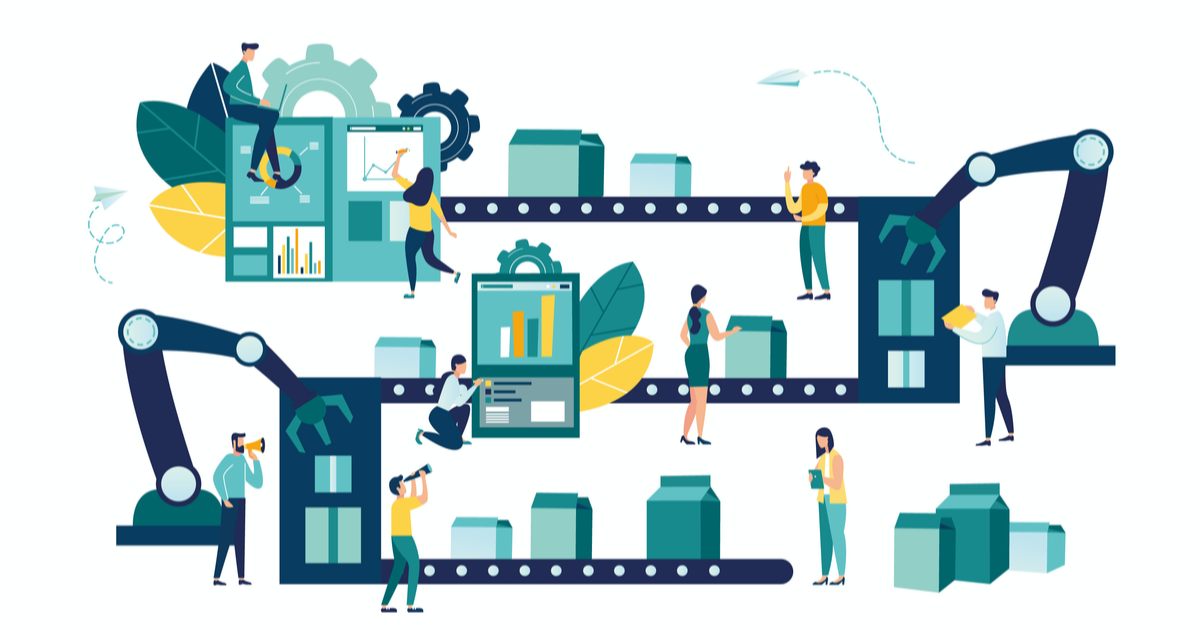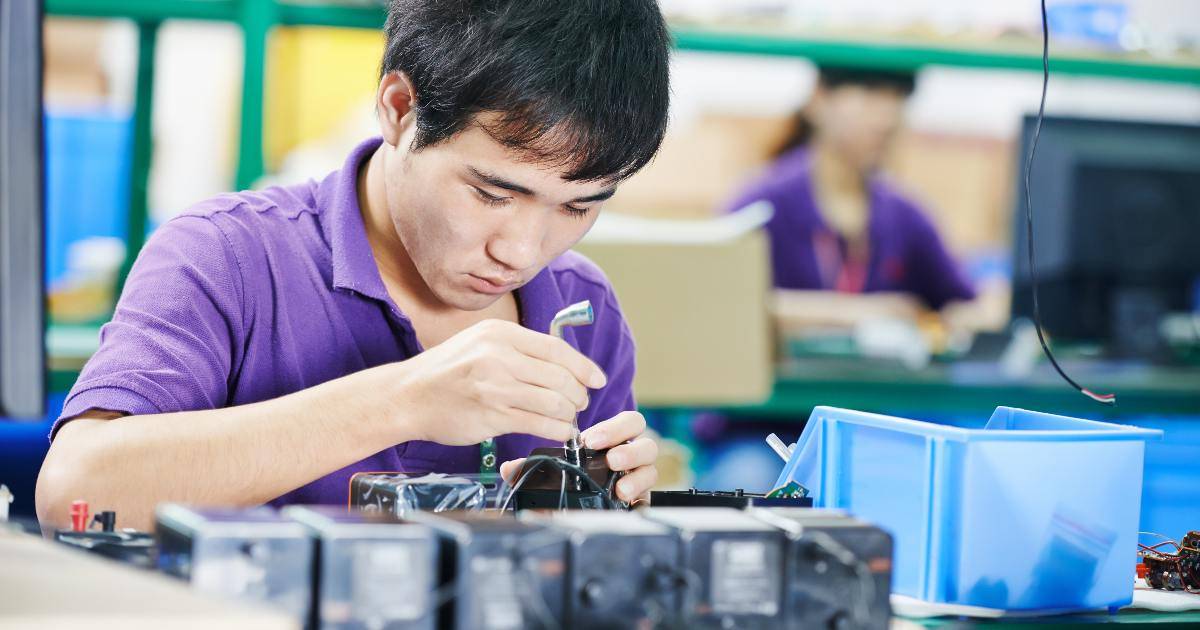
Prototypes are useful in confirming the details of the product to manufacture. However, they are usually not made with the same components, methods, equipment, people, etc. as mass production. It means prototypes alone are insufficient for defining and testing the manufacturing process. This where the pilot run becomes very important and useful.
What is a pilot run?
There are always risks when launching production of a new product. Defining the process is the next phase, before mass production. This is why a short, limited production run (pilot run) is made to test the line and assure that any major kinks are ironed out.
Confirming the process is capable of delivering the right quality of products is a must for all relatively new and complex products, for orders of all sizes. We do not skip pilot runs in these cases as they help assure that the production line and its processes work properly and can deliver products correctly once real mass production begins.
It is also important to confirm the assembly & packing process, including the testing stations and the inspection process.
It is a very standard approach across many industries. It is called “production validation test” (PVT) in consumer electronics, “production trial run” in automotive, and so on.
Are they only useful at the point of assembly?
The pilot run can also take place at the level of the component supplier (for critical components that are customized and prone to quality issues). Note, it is important to monitor the scrap rate, as it will have a direct impact on the product cost.
How many pieces would typically be made?
The typical number of pieces made in a pilot run? 20 to 100, depending on the size of the product and other considerations.
How many pilot runs need to be made?
The pilot run is an iterative process, much like the prototyping process. In most cases, 1 run is sufficient. However, as long as there are serious outstanding issues, the process hasn’t been confirmed and a new pilot run may be needed.
Best practices

When we perform pilot runs, we follow these best practices:
- Use identical conditions to mass production, otherwise, the ‘test’ is not accurate. This includes people, processes, components, machines, tools and jigs, etc
- Set up preventive actions during the runs, such as operator training and feedback about issues to the client (see more about this later)
- Following the run, create a failure mode list and CAP (corrective action plan), then you’re able to put those in place before full production runs start
Another best practice is to put the production line under stress by pushing throughput limits to test whether it can cope during a heavy mass production run. This is only realistic when very large volumes are planned, with tight deadlines.
It is the right time to set up preventive actions
As mentioned above, here are some of the preventive actions that we typically start setting up before the pilot run begins:
- Planning and preparation of the production processes, including internal logistics, assembly, testing, packing, and final inspection
- Operators training, along with written work instructions and examples of defects
- Close observations of, and improvements in, the assembly, testing, and packing processes
- Management of issues observed (and communication of those issues to our client) – these could be about the materials, the processes, the measurement methods, and so on
Pilot run benefits
The two key benefits of conducting a pilot run/s is a lower risk assembly job and better quality products. Key objectives for anyone getting their products made in China.
In addition, if you are in a hurry to take delivery, the good news is, you will also get some good products faster thanks to the pilot run (but in low quantities only).
Performing pilot runs in China
Typical Chinese suppliers avoid pilot runs for several reasons.
- They might not want to spend a lot of time doing engineering work on the manufacturing
- They’re often over-enthusiastic and eager to start mass production early
- Perhaps they pay their operators by the piece (which means they only want to work on uninterrupted long batches)
However, always remember, it is your money and you will suffer if you let them skip important steps.
******
Is the pilot run an important element in your new product introduction process? How have you got on with Chinese suppliers when arranging pre-production in a way that provides better quality, cost, and lead times? Let us know in the comments.
Unsure where to get started? Contact us and we can discuss your situation and see how and where we can assist you with the development and prototyping stage of your project, or more.



